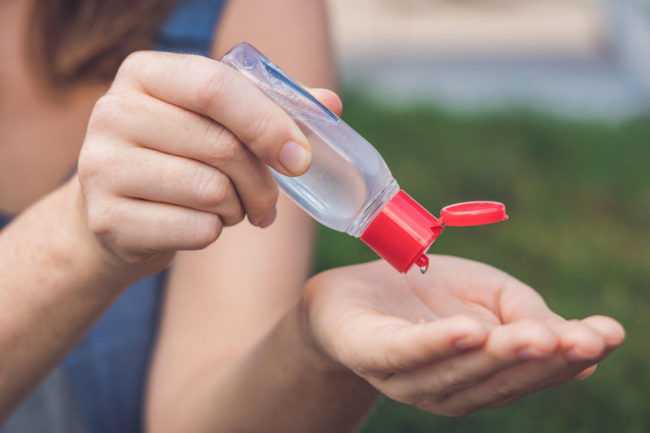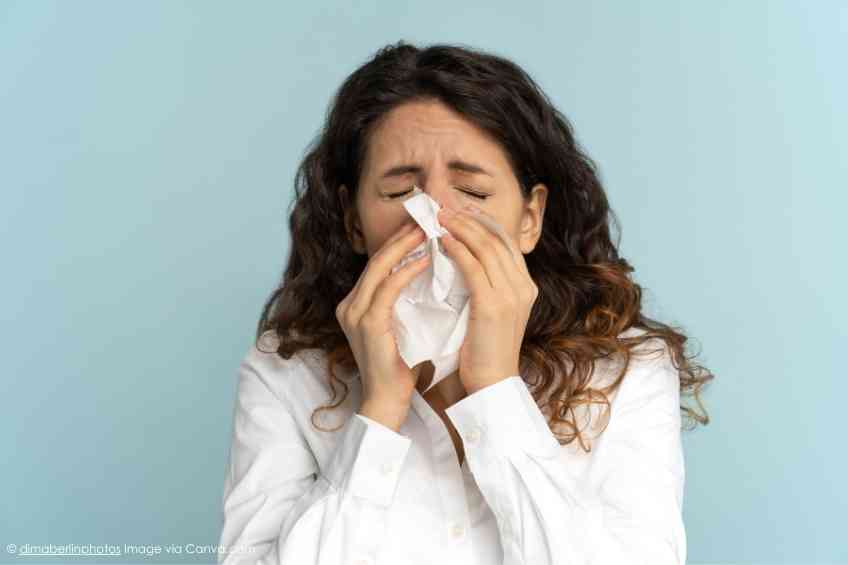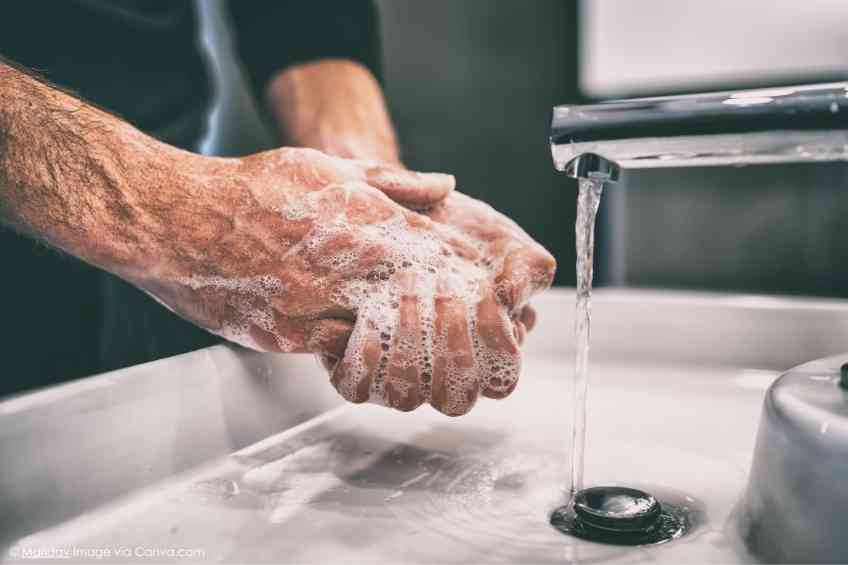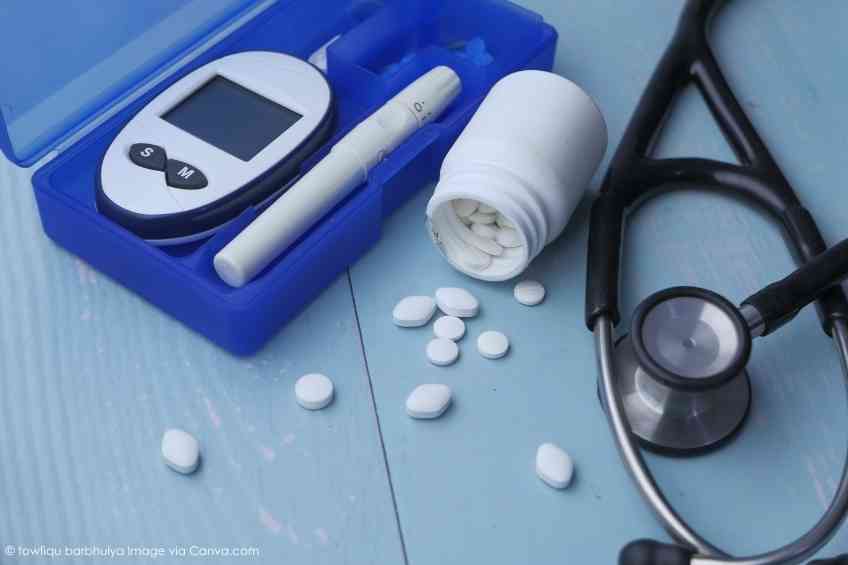By John Salak –
The coronavirus has changed the way we think and act. Schools and universities are closing or ending live classes; airlines are dropping flights; investors have flown from the markets; parties and conferences are being canceled; sports events are being shut down or played in front of empty stands; and people are isolating or self-quarantining themselves, avoiding shaking hands, wiping down everything imaginable and wearing masks even though they offer minimal protection. The virus also has triggered panic buying that is wiping out supplies of masks, hand sanitizers and even toilet paper.
Right now, there isn’t a lot of good news associated with the coronavirus. Well, here is some. It is easy to produce homemade hand sanitizers. And these cleaners will help fight the spread of this virus. Unfortunately, they are not completely effective or even the best way to combat its spread.
States and local authorities are doing what they can to address the limited supplies of hand sanitizers and confront the related price gouging on these products. Nassau County officials in New York, for example, have cited instances where hand sanitizers are being marked up 300-400 percent above their normal prices. They are also teaming up with other state and local agencies to encourage the public to call hotlines to report any predatory pricing practices.
New York’s Gov. Cuomo is taking matters further to address the widespread sanitizer shortage by having his state create and distribute its own product called New York State Clean. Produced under the Corcraft brand name by the state’s prison inmates, the Governor claims that thousands of gallons of New York State Clean will be available shortly and that this sanitizer will be more effective than leading brands in fighting the virus because of its higher alcohol content.
Making your own hand sanitizer is yet another option, provided the basic ingredients are available. The formula requires two-thirds rubbing alcohol (99 percent pure) with one-third aloe vera gel. A few drops of essential oils (such as lavender) can be added to the concoction to give it a pleasant fragrance. Simply mix these components together and provided you have got your measurements correct (which means the formula contains at least 60 percent alcohol) and you’re done.
How effective will it be? Professor James Scott of the University of Toronto recently told Rolling Stone that alcohol-based hand sanitizers can work on the coronavirus because they disrupt the membranes associated with this virus.
The bigger question facing a panicky public is whether these sanitizers are an essential component in the war against the coronavirus. Amazingly, The Centers for Disease Control and Prevention (CDC) doesn’t make hand sanitizers a prerequisite. Instead, the CDC recommends staying away from people who are sick, washing your hands thoroughly and regularly, and avoiding touching your face. If you can’t wash your hands, the CDC then notes it’s okay to use an alcohol-based sanitizer as a stop-gap measure.
“It doesn’t hurt to be cleaning your hands with hand sanitizer, but I don’t think that’s the most-required step,” Dr. Christi Wojewoda of the University of Vermont Medical Center told Rolling Stone. “I would say washing your hands is number one; two is being very cognizant about touching your face; and three is using hand sanitizer.”












